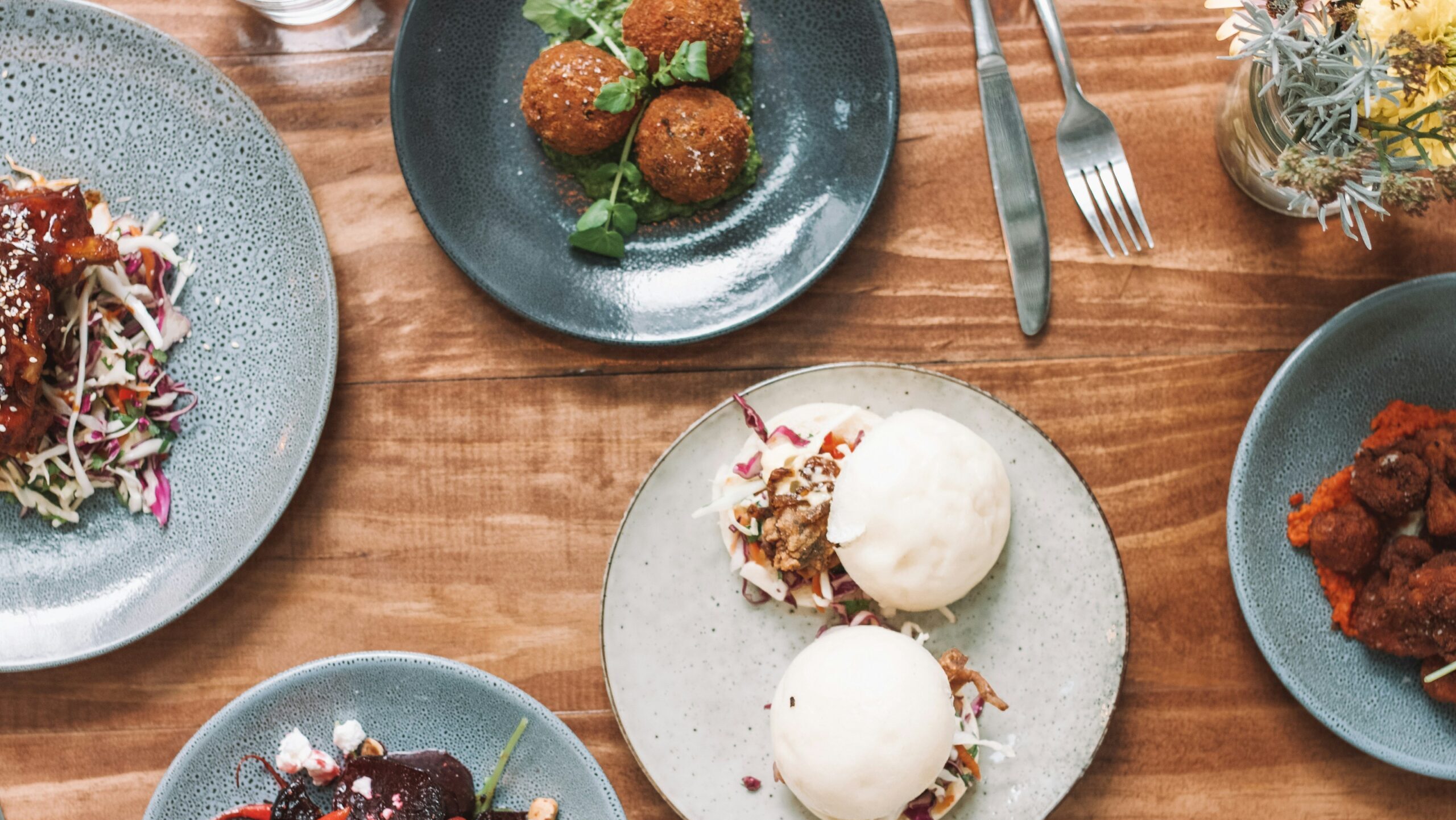In 2025, consumers are stretching their dollars differently. Food prices are approximately 25% higher than they were three years ago, which is forcing consumers to consider cutting back on discretionary food purchases like high-end specialty items.
“As consumer spending habits adjust, they’re choosing ‘fewer, better’ items; specialty foods that serve multiple roles – like a sauce used across several meals – are performing better,” said Alon Chen, the CEO of Tastewise.
There’s a “push-pull” happening at retailers currently, between cost-consciousness, convenience, and indulgence, noted Craig Muldrew, VP of marketing at Lacerta Group.
An ongoing, international trade war has only complicated matters.
“It’s a tough environment, and brands are being forced to adapt,” Muldrew said. “Some are focusing on affordability, while others are doubling down on innovation – offering new products, unique packaging, or bundling items to make a more complete meal.
“It’s about finding a balance between value and experience, making sure consumers feel like they’re still getting something special without overspending.”
The specialty food and beverage market has experienced slowing inflation since its 2022 peak, which will likely continue, according to Justin Craigwell-Graham, managing director and partner with L.E.K. Consulting. Specialty food and beverage products often face higher price points, of course, due to premium ingredients, smaller-scale production, and international sourcing.
Evolving Consumer Habits for Specialty Food
While economic concerns have impacted consumers’ discretionary spending, the specialty foods category has remained fairly resilient. Consumers are evolving, however.
“Consumers are shifting toward value-for-experience rather than value-for-price. They may buy fewer specialty items, but the ones they choose must deliver a multisensory, functional, or emotional return,” Chen said.
Here’s a closer examination of the ways in which specialty-food shoppers are changing:
Customers want to dine their way: Industry experts note that, in many ways, restaurants and grocers are still being impacted by the rise of curbside pickup, which took off during the COVID-19 pandemic.
“Consumers want the restaurant experience, but they also want it on their terms,” Muldrew explained. “Sometimes that means opting for high-quality, ready-to-cook, or ready-made meals from grocery stores instead of dining out.”
Smaller luxuries are prevailing: Tastewise research shows that products delivering on “hearty” needs and natural benefits are currently being prioritized by consumers. In a stressed economy, food remains a major source of comfort – thus driving demand for culinary indulgence.
Sustainability has become a deciding factor: Sustainability is increasingly important, especially for younger consumers like those in Gen Z. Many are paying closer attention to packaging and the potential environmental impact of items like grocery products.
“Some major retailers are telling suppliers they won’t even consider products that don’t come with a sustainability story,” Muldrew said.
“Nearly every supermarket now has specific environmental targets, whether it’s reducing plastic use, incorporating recycled materials, or improving packaging efficiency.”
Tariff and Inflation Angst’s Impact on Specialty Food
Businesses operating in the specialty foods space are already dealing with tightening regulations in states like California and New Jersey regarding sustainability and labeling. Now, tariffs complicate matters even more. Global sourcing implications (e.g. for imported cheeses) may lead brands to explore local alternatives to meet specialty expectations without raising costs, Chen said.
“Ultimately, specialty food is still in demand, but how and why people buy it is evolving,” Muldrew said. “Inflation, sustainability concerns, and changing consumer priorities are all shaping the market, and brands, retailers, and restaurants are having to rethink their strategies to keep up.”
The Food Institute Podcast
Tariffs, geopolitical tensions, and inflation are all weighing on the food and beverage industry and consumers alike, but what can industry leaders do to persevere amid uncertainty? Lou Biscotti from CBIZ’s Food and Beverages Services Group shares his insights on The Food Institute Podcast.










